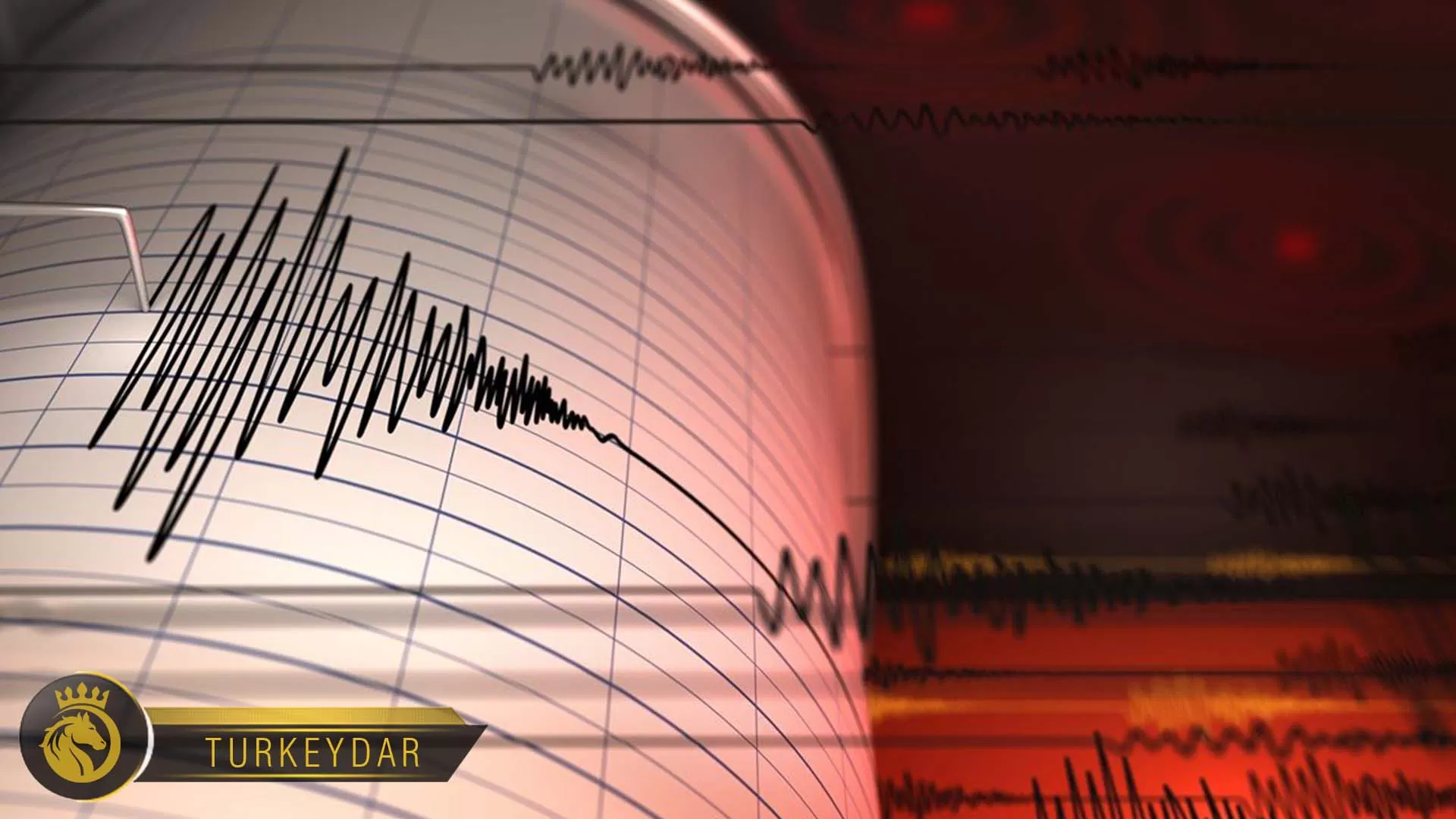
Due to the geographical location of the Anatolian plateau, it has been subjected to many earthquakes over time, which made the Turkish government issue strict decisions that constantly speak according to the engineering development to create safer buildings, and also obligated all property owners in Turkish lands to have a mandatory insurance tax against earthquakes through which the resulting material damages are compensated. Regarding earthquakes, this insurance includes the main sections of the house, including foundations, main walls, partitions and walls, in addition to ceilings and floors, stairs and elevators, and is paid in the form of an annual tax known as DASK, this tax is usually calculated in two dollars per square meter, which is paid annually with other real estate taxes. Thanks to these measures, the 2019 earthquake did not cause any casualties, although the earthquake had a magnitude of 5.8 on the Richter scale.
The design of earthquake-resistant buildings:
It starts with strong foundation and cohesive soil and excludes fragile and sandy soils as the durability of the ground clearly contributes to reduce construction vibration at the time of earthquakes. As for buildings, first of all, several basic rules must be followed, including: not exceeding the 50 m building, and when this number is exceeded, the building must be provided with expansion joints, subsidence and seismic joints, in order to divide the length of the building. Another important rule is to take the dimensions of the building from a specific length and width. Consideration as it is known that the span buildings are less susceptible to earthquakes than longitudinal buildings.
The design of earthquake-resistant buildings rests on three basic principles:
- Vertical load support: to support the ceilings and walls by connecting the walls, the floor and the ceiling with a fixed square to increase the stability of the building during an earthquake.
- Strong joints: It is important to provide the building with strong, durable and compact joints in order to be able to withstand the pressure, so it is considered the main component in the building that bears the greatest burden during an earthquake, as linking the building with solid joints makes it a coherent unit that does not disintegrate but rather transmits ripples The earthquake passed through it without affecting it.
- For skyscrapers: They must be constructed on an isolation base consisting of spring systems, lined cylinders and specific balls to absorb ground shocks.
.










